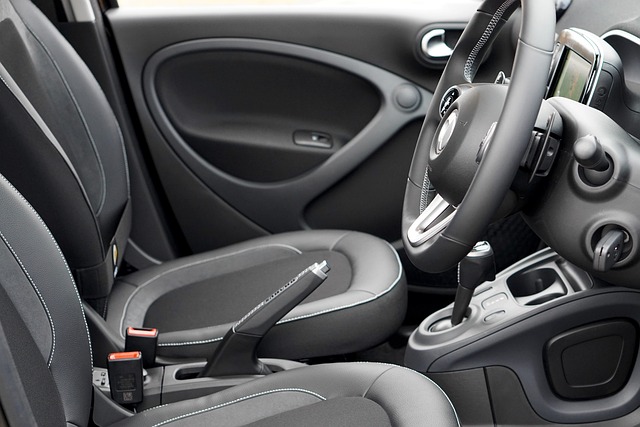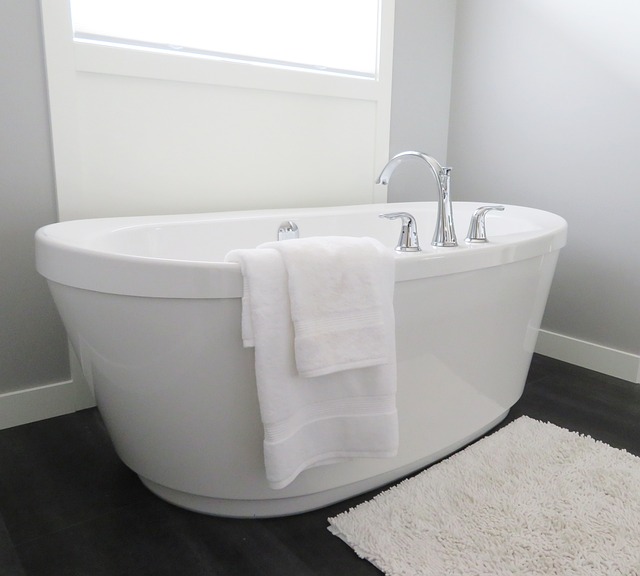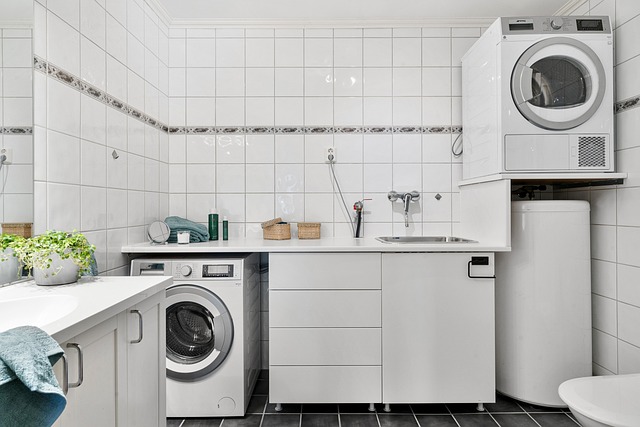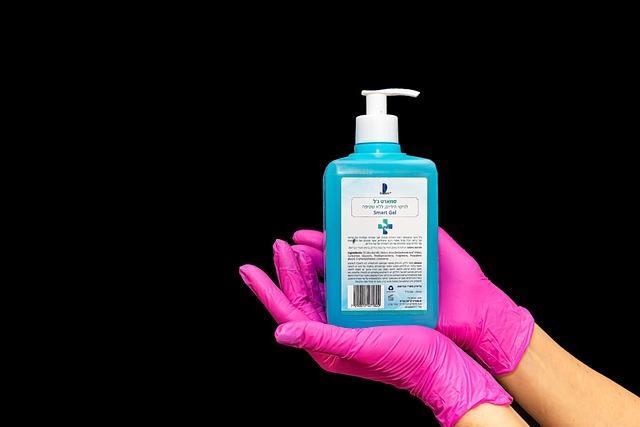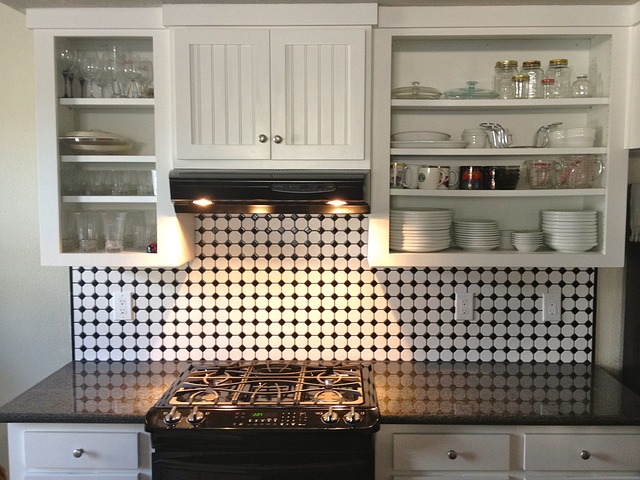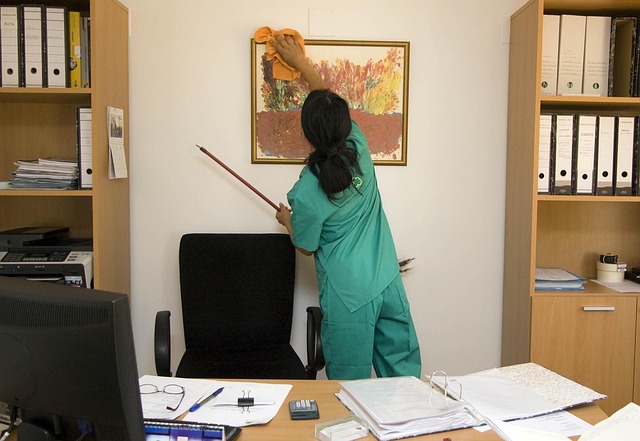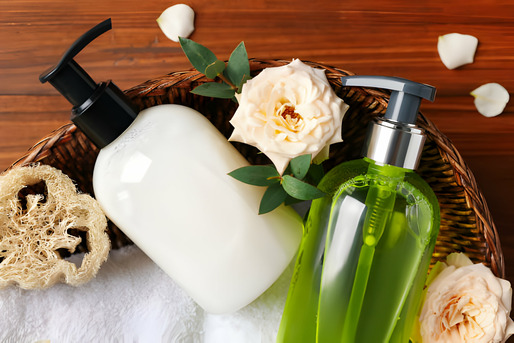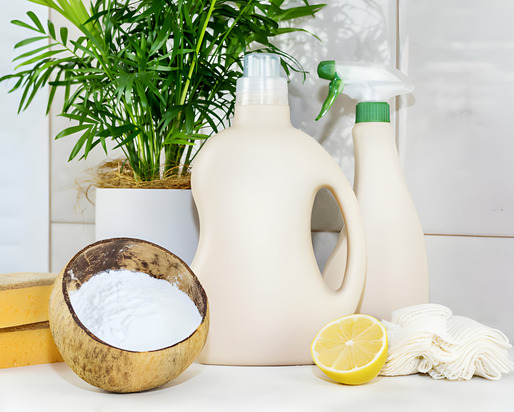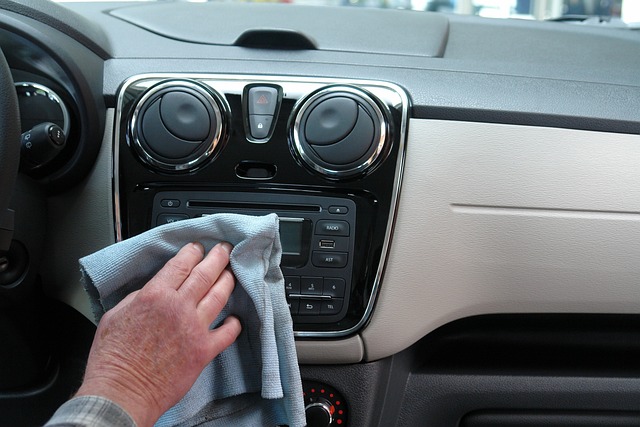Your car is your sanctuary, your mobile haven where you spend a significant portion of your life. It’s a place of comfort and convenience, but it’s also a space where spills, accidents, and mishaps can and do happen. Whether it’s a coffee spill on your morning commute, a dropped ice cream cone on a hot summer day, or a more serious mishap like a pet accident or a child’s unexpected bout of car sickness, cleaning your car’s interior after spills and accidents is a skill every car owner should master.
In this comprehensive guide, we will explore the art of cleaning your car’s interior after spills and accidents. From the right tools and cleaning products to step-by-step instructions for tackling various messes, we’ve got you covered. Whether you’re a meticulous car owner who takes pride in a pristine interior or you simply want to know how to handle unforeseen accidents, this guide will provide you with the knowledge and techniques you need to maintain a clean and fresh car interior.
Essential Tools and Products
Before we dive into specific cleaning methods for different types of spills and accidents, it’s crucial to familiarize yourself with the tools and products you’ll need. Having the right equipment on hand can make the cleanup process much more efficient. Here’s what you should gather:
1. Vacuum Cleaner
Invest in a quality vacuum cleaner with attachments to effectively remove dirt, crumbs, and loose debris from your car’s seats, floor, and crevices.
2. Microfiber Cloths
Microfiber cloths are excellent for wiping down surfaces and absorbing liquids. They are gentle on your car’s interior and won’t scratch or damage it.
3. All-Purpose Cleaner
Choose an all-purpose cleaner suitable for car interiors. It should be safe on a variety of surfaces, including fabric, leather, vinyl, and plastics.
4. Stain Remover
For stubborn stains, have a suitable stain remover on hand. Ensure it is compatible with your car’s interior materials.
5. Bucket of Warm Water
A bucket of warm, soapy water will be your best friend when cleaning your car’s interior. It’s perfect for wiping down surfaces.
6. Rubber Gloves
Keep a pair of rubber gloves to protect your hands while dealing with spills and accidents, especially if they involve potentially hazardous substances.
7. Plastic Bags
Keep a few plastic bags in your car to isolate soiled items or to dispose of waste.
8. Odor Neutralizer
In case of lingering odors after cleaning, consider an odor-neutralizing product specifically designed for car interiors.
9. Carpet and Upholstery Cleaner
If you have fabric or carpeted surfaces in your car, having a specialized cleaner for these areas can be particularly helpful.
Now that you’re equipped with the right tools and products, let’s move on to the step-by-step instructions for cleaning specific types of spills and accidents in your car.
Common Spills and Accidents and How to Clean Them
Coffee and Beverage Spills
Step 1: Act Quickly
The key to dealing with coffee or beverage spills is to act fast. Blot the area with a clean cloth or paper towels to soak up as much liquid as possible.
Step 2: Clean the Stain
Mix a solution of warm water and a few drops of mild dish soap. Gently scrub the stained area with a microfiber cloth soaked in the solution. Avoid vigorous rubbing, which can push the stain deeper into the fabric.
Step 3: Rinse and Dry
Rinse the area with clean water and blot with a dry cloth. Repeat the process if necessary. Ensure the area is completely dry to prevent mold and mildew growth.
Step 4: Odor Control
If any odor lingers, use an odor-neutralizing product designed for car interiors.
Food Crumbs and Debris
Step 1: Vacuum
Use a vacuum cleaner with a brush attachment to remove loose crumbs and debris from your car’s seats and floor.
Step 2: Wipe Down Surfaces
Wipe down surfaces with an all-purpose cleaner and a microfiber cloth. Pay attention to crevices and seams where crumbs tend to accumulate.
Step 3: Carpet and Upholstery
If you have fabric or carpeted surfaces in your car, use a carpet and upholstery cleaner to address any remaining stains or spills.
Pet Accidents
Step 1: Remove Solid Waste
First, remove any solid waste using a plastic bag or paper towels. Be cautious and wear rubber gloves.
Step 2: Blot Liquid
Blot the liquid portion with paper towels to absorb as much as possible.
Step 3: Clean the Stain
Mix a solution of warm water and a few drops of mild dish soap. Gently scrub the stained area with a microfiber cloth soaked in the solution. Rinse and repeat if needed.
Step 4: Odor Control
Use an odor-neutralizing product designed for pet accidents to eliminate any lingering smells.
Child Accidents (Vomit or Diapers)
Step 1: Remove Solid Waste
If applicable, remove any solid waste using a plastic bag or disposable diaper bag.
Step 2: Blot Liquid
Blot the liquid with paper towels to absorb as much as possible.
Step 3: Clean the Stain
Mix a solution of warm water and a few drops of mild dish soap. Gently scrub the stained area with a microfiber cloth soaked in the solution. Rinse and repeat if needed.
Step 4: Odor Control
Use an odor-neutralizing product designed for car interiors to eliminate any lingering odors.
Ink Stains
Step 1: Act Quickly
The key to dealing with ink stains is to act as quickly as possible. Blot the stain with a clean cloth or paper towels to soak up excess ink.
Step 2: Apply Rubbing Alcohol
Dab a small amount of rubbing alcohol on a clean cloth and gently blot the ink stain. Be careful not to scrub vigorously, as it can spread the ink.
Step 3: Rinse and Dry
Rinse the area with clean water and blot with a dry cloth. Repeat the process if necessary. Ensure the area is completely dry to prevent mold and mildew growth.
Step 4: Leather Interiors
For leather interiors, apply a leather cleaner and conditioner to restore the material’s natural shine and texture.
Now that you’re equipped with strategies to address common spills and accidents, let’s move on to some additional tips to keep your car’s interior clean and fresh.
Additional Tips for Car Interior Maintenance
1. Regular Vacuuming
Make vacuuming your car’s interior a regular practice to prevent the buildup of dirt and debris. This simple habit can go a long way in maintaining a clean and inviting car.
2. Use Seat Covers and Floor Mats
Invest in quality seat covers and floor mats to protect your car’s upholstery and flooring. These can be easily removed and cleaned, reducing the risk of permanent stains.
3. Preventive Measures
Encourage passengers to be mindful of their food and drink while inside the car. Consider using spill-proof containers and travel cups to minimize the risk of spills.
4. Be Prepared
Keep a small cleaning kit in your car with essential items like microfiber cloths, an all-purpose cleaner, and stain remover. This way, you can address spills and accidents promptly.
5. Professional Cleaning
For a deep and thorough clean, consider professional car interior cleaning services. They have the tools and expertise to tackle tough stains and odors effectively.
Conclusion
Your car is a place of comfort, convenience, and countless memories. Accidents and spills are inevitable, but with the right knowledge and tools, you can quickly and effectively clean your car’s interior, ensuring it remains a clean and inviting space.
From coffee spills to pet accidents, this guide has provided you with step-by-step instructions to address various types of messes. With regular maintenance and preventive measures, you can keep your car’s interior looking and smelling fresh. So, hit the road with confidence, knowing that you have the skills to tackle spills and accidents, turning your car into a spotless sanctuary for every journey.





